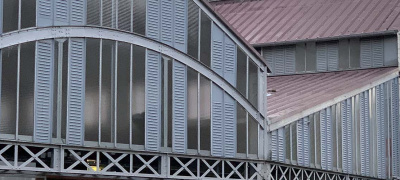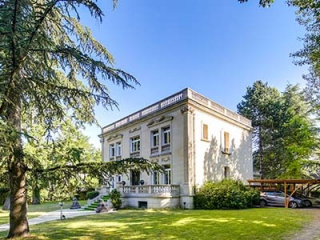Sotheby's International Realty
- 138 Avenue Victor Hugo
- 75116 PARIS, France
- +33 1 40 60 50 00
Sotheby's International Realty
- 50 rue d'Auteuil
- 75016 PARIS, France
- +33 1 56 26 56 55
Sotheby's International Realty
- 82 Avenue de Wagram
- 75017 PARIS, France
- +33 1 46 22 27 27
Sotheby's International Realty
- Place Sainte Foy - 2 Rue de Chézy
- 92200 NEUILLY, France
- +33 1 41 43 06 46
Sotheby's International Realty
- Place Sainte Foy - 2 rue de Chézy
- 92200 NEUILLY, France
- +33 1 41 25 00 00
Sotheby's International Realty
- 37-39 rue de Turenne
- 75003 PARIS, France
- +33 1 48 87 14 41

Fontenay-sous-Bois

Fontenay-sous-Bois, located in the Val-de-Marne department on the outskirts of Paris, is a town rich in history and architectural diversity. Its name reflects its forested origins, with traces dating back to the Gallo-Roman era. Over the centuries, Fontenay-sous-Bois has preserved a varied heritage, from 18th and 19th-century historical buildings to modern constructions. This town is particularly appreciated for its pleasant living environment, numerous green spaces such as the Parc des Beaumonts, and its proximity to the Bois de Vincennes. These spaces offer residents multiple opportunities for outdoor activities and relaxation.
Fontenay-sous-Bois stands out for its economic dynamism and quality infrastructure. The town boasts numerous shops, restaurants, and public facilities, including well-rated schools, cultural, and sports centers. The public transport network is also a major asset, with several RER and bus lines providing quick access to Paris and surrounding towns. This dynamism attracts many families and young professionals, contributing to a friendly and lively atmosphere.
The real estate market in Fontenay-sous-Bois is diverse and attractive. It offers a wide range of properties, from modern apartments to charming townhouses, and more luxurious residences. Older apartments, often located in character buildings, offer generous volumes and undeniable charm, while modern residences provide contemporary features and practical layouts. Detached houses, often with gardens, are highly sought after by families, particularly in quiet and green residential neighborhoods.
The most sought-after neighborhoods include those near the town center, with its shops and services, as well as areas bordering the Bois de Vincennes, where properties benefit from a peaceful and green environment. Real estate prices are competitive compared to Paris, offering good value for those looking to settle in the suburbs while enjoying a pleasant and well-connected living environment. Real estate investments in Fontenay-sous-Bois are also promising, with strong rental demand attracting students, young professionals, and families alike.
In summary, Fontenay-sous-Bois, with its harmonious blend of tradition and modernity, is an ideal destination for those wishing to combine the advantages of urban life with a more relaxed and green atmosphere. The real estate market is dynamic and diverse, offering numerous opportunities for buyers and investors.




